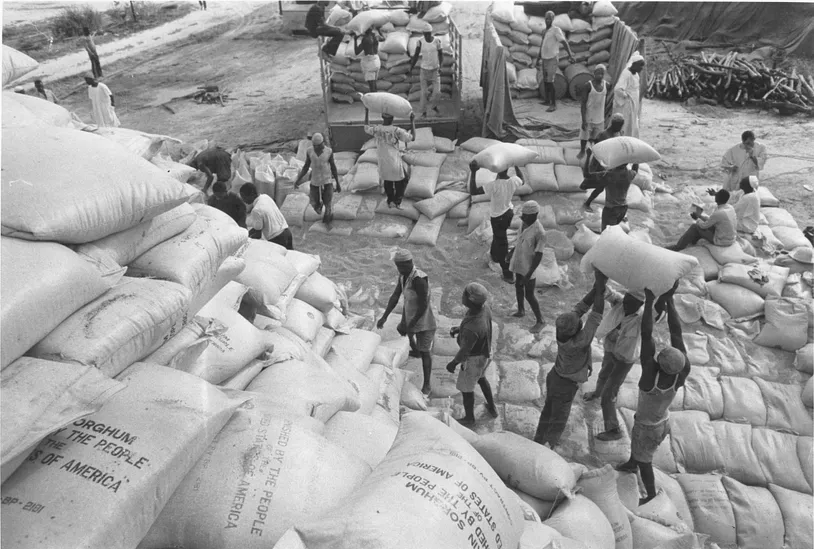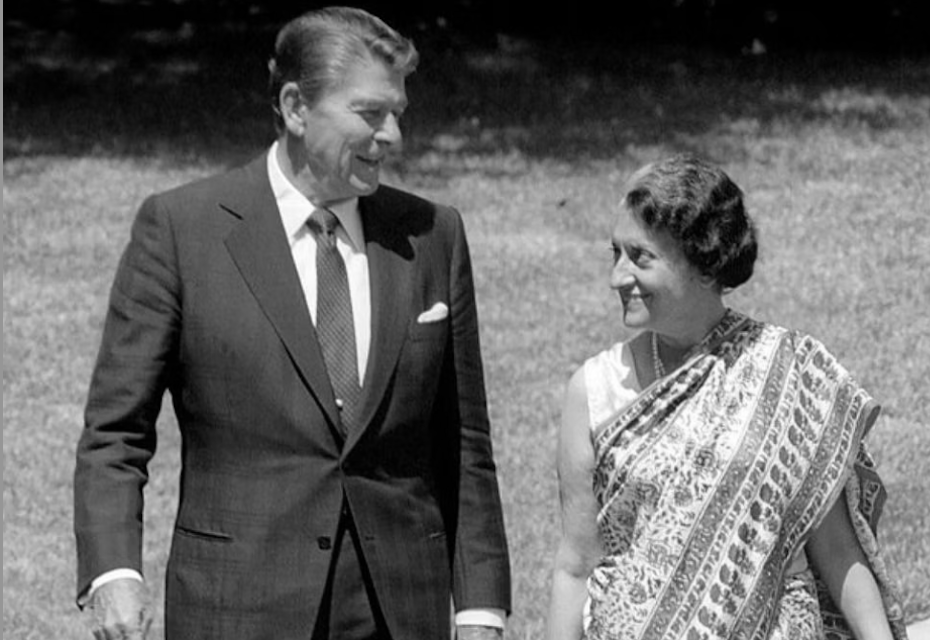
US Food distributed in Nigeria , 1974, Medium
"Nasser’s basic suspicions of France and the UK probably will not change. For the next few years at least he is likely to be reasonably restrained in his dealings with both the US and the USSR because of his heavy dependence on the US for food and on the USSR for military and development aid."
-CIA, 1962, Special National Intelligence Estimate
